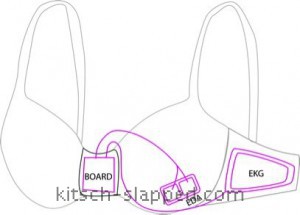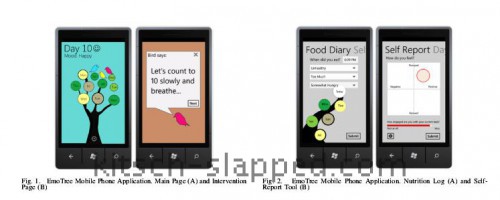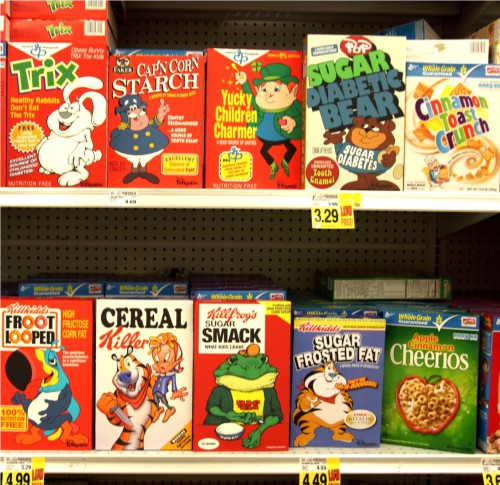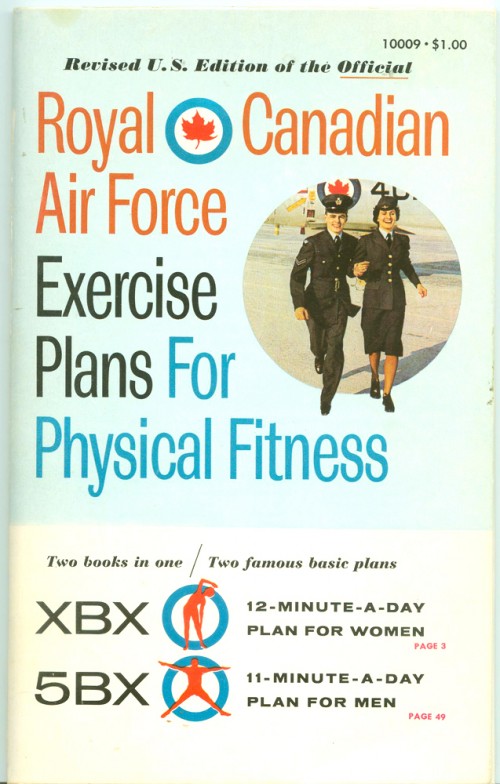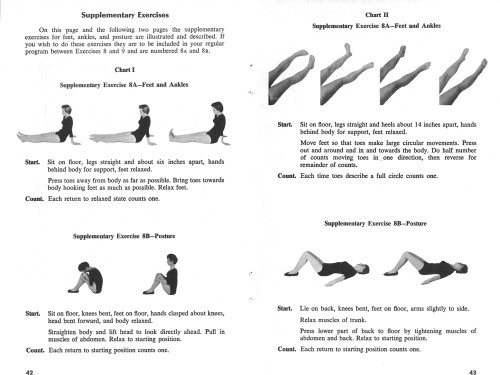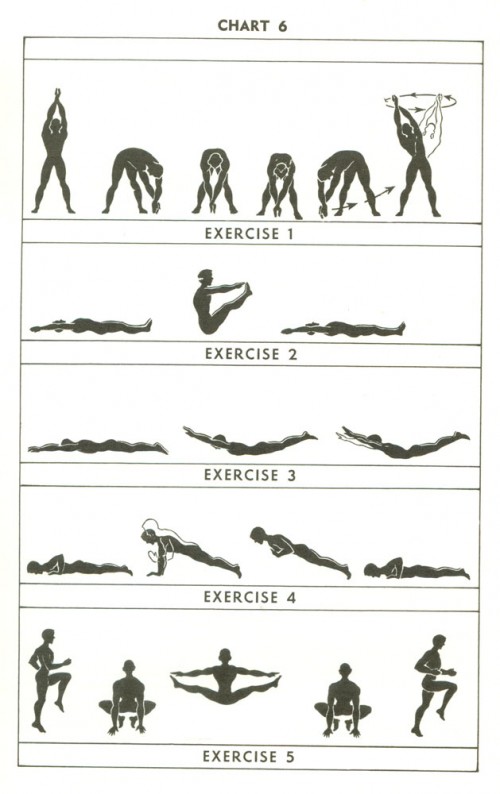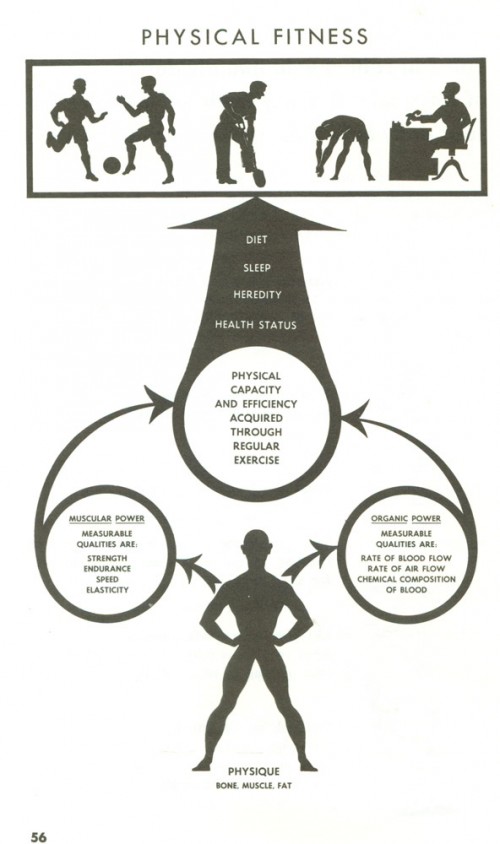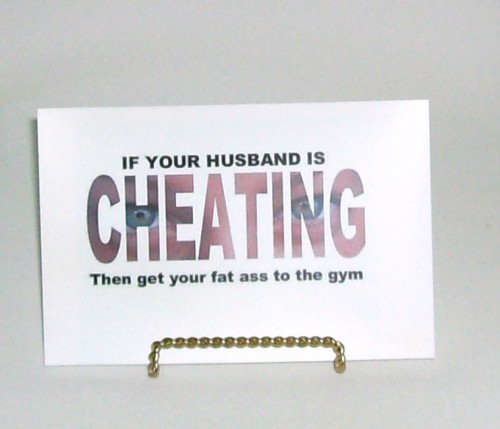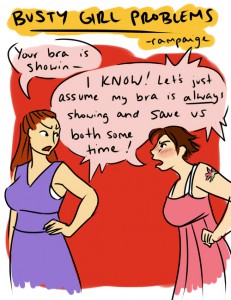 I don’t want to keep picking on Lane Bryant, but a few things need to be said.
I don’t want to keep picking on Lane Bryant, but a few things need to be said.
Where I live, Lane Bryant is the only store which carries bras over the size of DD cups. Supersillious of the majority of stores to stop at the very size of the average American woman; surely there are great numbers over that size. You can’t open a browser window to a health site or news page, turn on TV or radio, or leave the house and not know how big we American’s are; myself included. It’s not just the USA, and weight isn’t the only reason for the overly-developed bosoms in developed nations either. If I were a CEO of an apparel manufacturer or chain, I’d find limiting bra sizes to exclude such a huge part of the market not only worthy of eyeball rolls, but I’d roll some heads too. It’s unacceptable. But the fact is, there is only one store in the whole metropolitan area which sells bras larger than double-d cups; and that store is Lane Bryant.
So I’m shopping for bras at Lane Bryant, which means finding one that fits. I can’t just use the size that’s on my current Lane Bryant bra, because it no longer properly fits — in fact, none of my Lane Bryant bras seem to fit after say a dozen washings. The center piece pulls away, no longer sits flush against my breastbone. I know from Ali Cudby, and the aches and pains in my own body, as well as how my form looks, that this is no good.
Maybe this is all just a result of the cheapening of clothing, thanks to WalMart. But I hope not.
There are two sales associates at my disposal, one presumably training the other in this nearly-empty store. I try to ask them for some suggestions. I know from decades of previous retail work, that they aren’t really trained for much past working the register and meeting sales quotas, but I figure they know from their own figures and customer comments or complaints which bras are least likely to have the problem.
I describe my problem and the clerk-in-training eagerly replies that her bras all do the same. Rather shocked, I begin to explain that that is not how a bra is supposed to fit — that’s when the more experienced clerk interrupts me.
“When you’re talking about an E cup or larger, that’s an awful lot to ask of a bra,” she says.
Now I’m even more shocked.
“Yes…” I begin, “But the bras aren’t just supposed to ‘be larger’ but actually fit. When bras don’t fit right, there are aches and pains… Plus the rest of your clothes look sloppy.”
“Yes,” she replied, with a tense smile, “But at that size…”
“Well, if you wear a size 26 pants, they still have to fit, right?” I challenge her. “I mean the crotch is where it’s supposed to be, not at the knees. The pants are larger — but not just larger. They have to fit.”
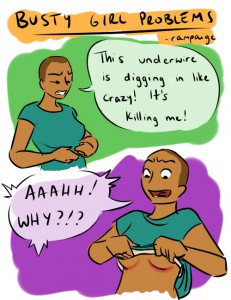 In that magical retail blend of “the customer was always right” and “if you have nothing nice to say…” she had nothing to say in reply. The other clerk kept a smile on her face, but, taking her clues from her superior, she too was silent.
In that magical retail blend of “the customer was always right” and “if you have nothing nice to say…” she had nothing to say in reply. The other clerk kept a smile on her face, but, taking her clues from her superior, she too was silent.
Now I was more than shocked; I was disturbed and saddened. Here’s a plus-sized lady working in a shop selling plus-sized clothing, and she’s making excuses for accepting clothing that doesn’t fit.
I don’t know whether the clerk’s stance was some reflexive act in defense of the company she works for; or if it was a sad commentary on average-sized women, working in a fashion store or not, who are told they are “large,” “plus sized,” or even “fat” who feel they aren’t worthy of clothing that actually fits them.
In any case, all that was left for me to do was to try on bras until I found one that I could pronounce “fitting” and worthy of purchasing; then take it home and see if it fares any better than the others had. (My fingers are crossed that it does; but the past few years has taught me not to hold my breath.)
There are plenty of reasons right here in this one shopping experience to explain Oprah’s claims that 85% of women are wearing the wrong size bra. (There is some confusion regarding the Oprah statistic and the much touted 80% figure which may have started with a Wacoal study in 2005. Also, here’s a medical study regarding women with thoracic spine or posterior chest wall pain which says of the 80% who wear ill-fitting bras, 70% are wearing bras that are too small, and the BBC reports that 100% of women going into a hospital clinic for breast reduction surgery were wearing improperly fitting bras. Clearly this is an issue!)
Women may educate themselves about how a bra should fit, but the real question remains: If women, especially big busted women, are limited access to a wide array of bra sizes, how can they find those that properly fit?
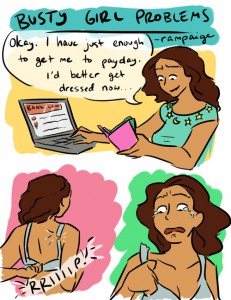 The reality is that ordering dozens or even a handful of bras to try on is not an option for the majority of women in this country. WalMart may have cheap bras (both in terms of quality and price), but even online, the largest size they have is a 48DDD and only in one bra. Most bras over a DD cost $30 to $45 (and, of course, much higher). Few women have hundreds of dollars to tie-up in ordering bras — even if they are returning most of them. We are the 99%, or the 80%, if you prefer; not the 1%. So we remain held hostage by the inaccessibility.
The reality is that ordering dozens or even a handful of bras to try on is not an option for the majority of women in this country. WalMart may have cheap bras (both in terms of quality and price), but even online, the largest size they have is a 48DDD and only in one bra. Most bras over a DD cost $30 to $45 (and, of course, much higher). Few women have hundreds of dollars to tie-up in ordering bras — even if they are returning most of them. We are the 99%, or the 80%, if you prefer; not the 1%. So we remain held hostage by the inaccessibility.
What worse, we are women who already held hostage by our breasts. Along with our vaginas and uteri, our breasts are legislated. We dare not bare our breasts in public, not even to feed our children. Many school and employment policies have dress codes which require female employees to wear bras. (We make 77 cents for every dollar a man does, and we are required to wear garments with a heftier price-tag than men too.) Gawd forbid we show a bra strap. All because breasts not bound enough can be too sexy or whatever; especially larger breasts. As if there weren’t enough judgements from pigs, we as a society allow judgements about female breasts.We’re supposed to blame and contain breasts as opposed to make men responsible for their silliness or worse. It’s all the American versions of the burka and sharia law.
As if having larger breasts weren’t problematic enough, just finding the right bras to do all this — as well as prevent the pains that insurance typically won’t cover — is thwarted by not having access to bras in our size range.
All images via Busty Girl Comics — check out the Busty Girl Comics store too!
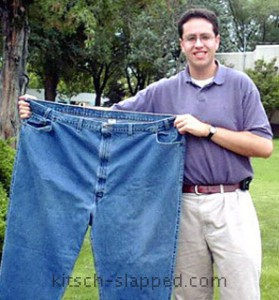 Anyway, I think the negative response to this Subway commercial is itself sexist.
Anyway, I think the negative response to this Subway commercial is itself sexist.
